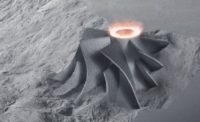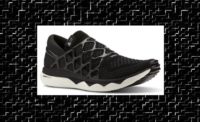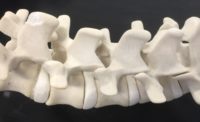CHAPEL HILL, NC—Scientists at Stanford University and the University of North Carolina have created a 3D-printed vaccine patch that reportedly provides greater protection than a typical vaccine shot. The challenge, they say, is applying the patch directly to the skin, which is full of immune cells that vaccines target.
A study conducted in animals and published by the scientists in Proceedings of the National Academy of Sciences says the patch's immune response was 10 time greater than vaccine delivered into an arm muscle with a needle jab.
The patch contains many 3D-printed microneedles that are barely long enough to reach the skin to deliver vaccine. Each patch was printed at the University of North Carolina using a CLIP prototype 3D printer invented by Joseph M. DeSimone, professor of translational medicine and chemical engineering at Stanford University and professor emeritus at UNC-Chapel Hill. The printers are produced by CARBON, a Silicon-Valley company that DeSimone co-founded.
Microbiologists and chemical engineers involved with the project are continuing to innovate by formulating RNA vaccines, like the Pfizer and Moderna COVID-19 vaccines, into microneedle patches for future testing.



